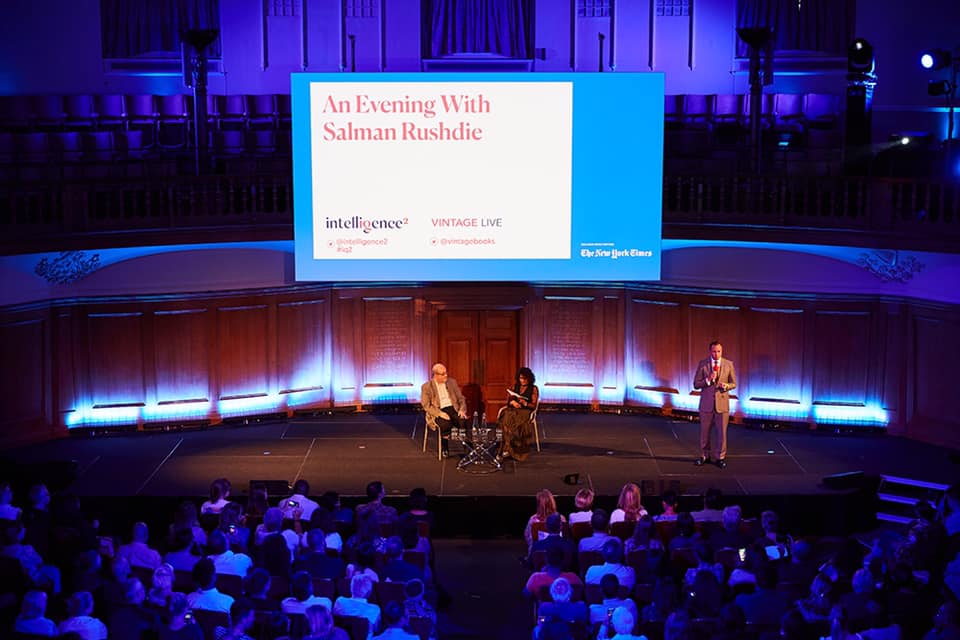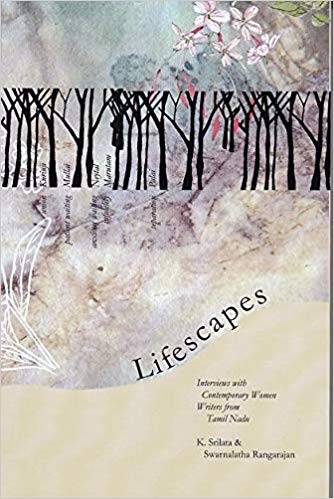 I wasn’t a bad mother, you have to know that, but I may have done some hurtful things to my only child because I had to protect her. Had to. All because of skin privileges. At first I couldn’t see past all that black to know who she was and just plain love her. But I do, I really do. I think she understands now. I think so.
I wasn’t a bad mother, you have to know that, but I may have done some hurtful things to my only child because I had to protect her. Had to. All because of skin privileges. At first I couldn’t see past all that black to know who she was and just plain love her. But I do, I really do. I think she understands now. I think so.
Last two times I saw her she was, well, striking. Kind of bold and confident. Each time she came I forgot just how black she really was because she was using it to her advantage in beautiful white clothes.
Taught me a lesson I should have known all along. What you do to children matters. And they might never forget. She’s got a big-time job in California but she don’t call or visit anymore. She sends me money and stuff every now and then, but I ain’t seen her in I don’t know how long. ( p43)
It has been more than a month since I read an advance proof of Toni Morrison’s God Help the Child. Yet, I cannot get any of it out of my mind. Bride or Lula Ann as she was named at birth, is successful in the cosmetics industry. She is known for her beauty, enhanced considerably by her black skin contrasted by the sharp white garments she wears. As the designer she consulted for her makeover, Jeri, told her, “You should always wear white, Bride. Only white and all white all the time. … Just you, girl. All sable and ice. A panther in snow. and with your body? And those wolverine eyes? Please!” ( p.33-34)
Despite being a very successful professional, Bride as she prefers to be known, is haunted by her unpleasant memories of her childhood. For instance the innumerable instances of shadism or of child abuse such as witnessing the rape of a young boy by their landlord. As an adult too she is abused and comes across other victims such as Rain. It is as if this cesspool of violence coexisting with “normal” life is a given. There is a moment when Bride ( innocently) hopes that she can “right” a “wrong” she did in her childhood with a repercussion she did not anticipate. While recovering from the episode, Bride decides to set off on a quest in search of her boyfriend, Booker, who disappeared from her life.
God Help the Child is a fine blend of all that is familiar in Toni Morrison’s novels and interviews. Her preoccupation with portrayal of women, Black culture and history, race and child abuse. Her fine expertise as a master craftsperson shows in the novel. There is a hint of magic realism in the storytelling along with the confident play of different narratives, juxtaposed in a manner that jolt the reader into realizing none of the narrators can be relied upon. Yet, every voice that tells their version of events is a strong personality. It is possible to envision the speaker, especially the women, clearly whether it is Booker’s elderly and kind aunt Queen, Bride’s mother Sweetness, ex-convict Sofia, or child prostitute Rain. The ending of the novel is chilling with its disturbing note, ironically couched in circumstances that offer hope.
Toni Morrison began writing God Help the Child as a memoir a few years ago, but abandoned it midway. She resumed working upon the manuscript recently as a work of fiction, deciding never to write her memoir. Instead of critically analyzing this literary fiction masterpiece threadbare, it may be worth considering the story as wisdom being shared by an 84-year-old woman who has packed in many lifetimes into one. It has a tired (but angry) tone of an elderly woman and an award-winning writer, who after having written 11 novels and edited many other well-known writers, marking her stamp as a formidable force in American Literature, sees little change in the modern world. The publication of this novel is timely when USA is preoccupied with issues of racism and riots such as the killing of 12-year-old Tamir Rice in Cleveland or that of 51-year-old Walter Scott in North Charleston. For Toni Morrison “Race is the classification of a species…and we are the human race, period. But the other thing – the hostility, the racism – is the moneymaker. And it also has some emotional satisfaction for people who need it.” In her NPR interview she makes it clear that her emphasis on Bride’s dark colour was to make the distinction from race, the preference and hierarchy for skin colour being a social construct and responsible for racism.
In a delicious interview where Junot Diaz interviews Toni Morrison at NYPL , December 13, 2013. ( https://www.youtube.com/watch?v=J5kytPjYjSQ ), Diaz says that upon reading Song of Solomon at Rutgers University, “the axis of my world changed and never returned”. Eight novels later, it holds true with God Help the Child. Toni Morrison retains the magic to tell a story and making the reader think.
Read it.
Some links:
1. “Sweetness” by Toni Morrison New Yorker, February 9, 2015 issue ( http://www.newyorker.com/magazine/2015/02/09/sweetness-2 ). This is the first chapter of the book, an extract published in the New Yorker.
2. Toni Morrison in the New York Times. “The Radical Vision of Toni Morrison” By RACHEL KAADZI GHANSAH, APRIL 8, 2015. ( http://www.nytimes.com/2015/04/12/magazine/the-radical-vision-of-toni-morrison.html?_r=0 )
3. ‘I Regret Everything’: Toni Morrison Looks Back On Her Personal Life, NPR, 20 April 2015. ( http://www.npr.org/2015/04/20/400394947/i-regret-everything-toni-morrison-looks-back-on-her-personal-life )
3. A glowing review http://www.theguardian.com/books/2015/apr/19/god-help-the-child-review-toni-morrison
4. An ambivalent review http://www.thedailybeast.com/articles/2015/04/18/toni-morrison-spins-a-lame-fairy-tale.html
Toni Morrison God Help the Child Chatto & Windus, London, 2015. Hb. pp.180 £14.99
21 April 2015



